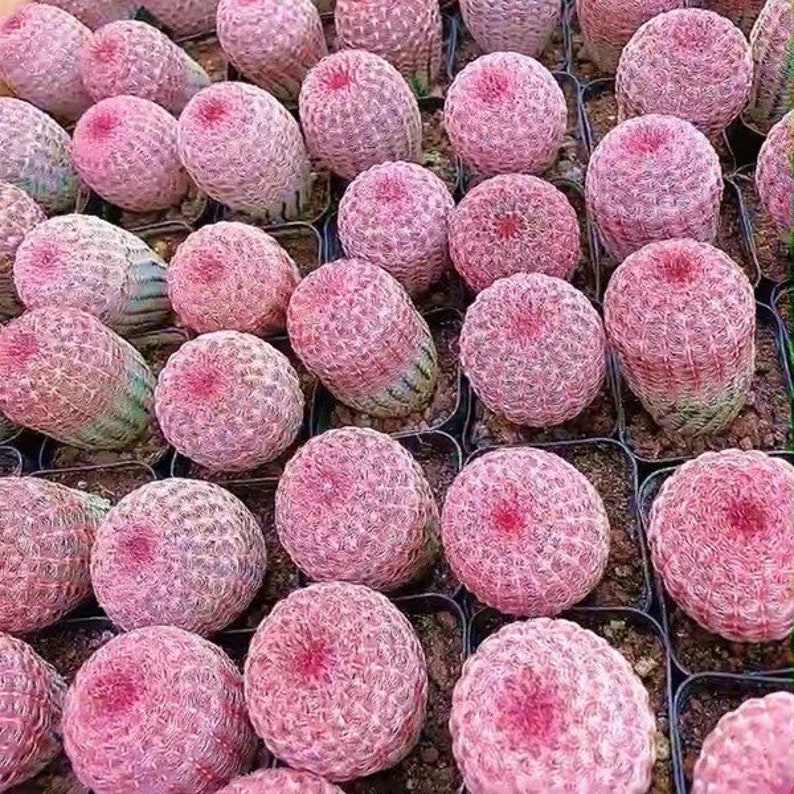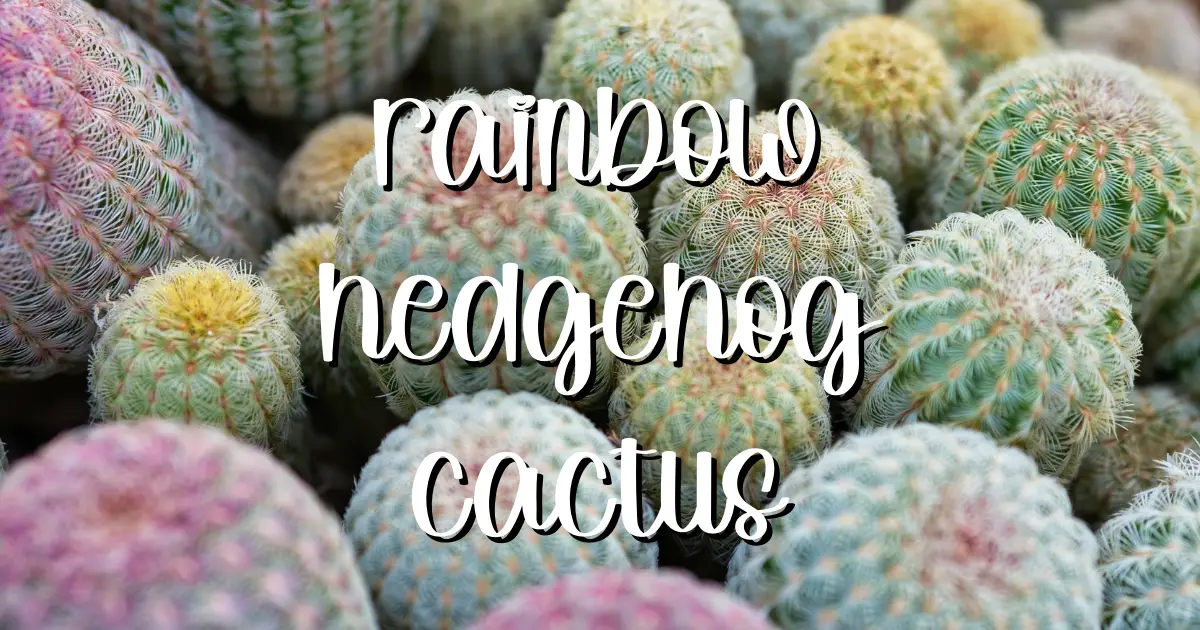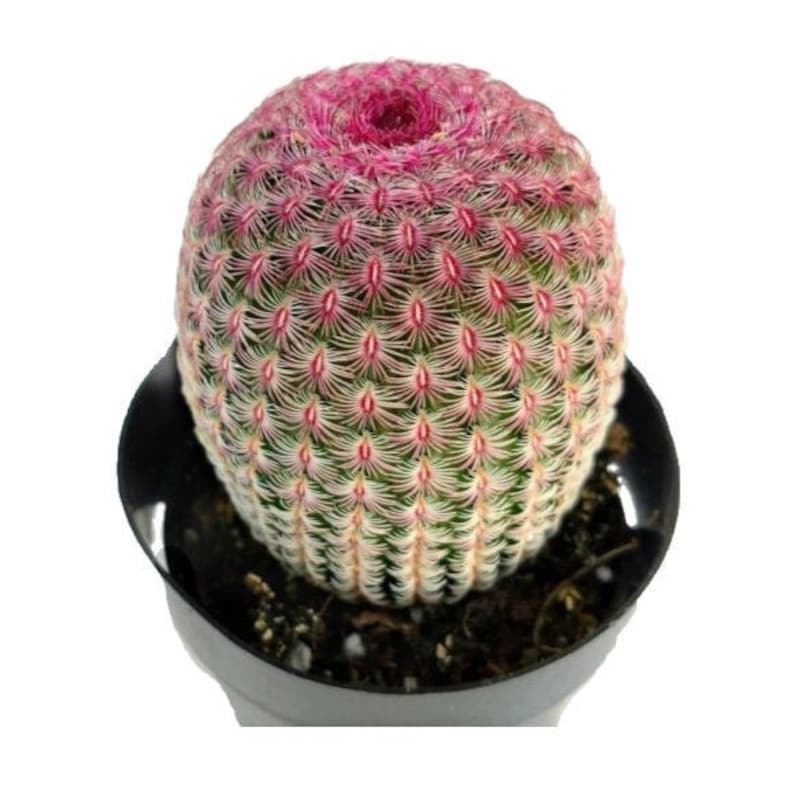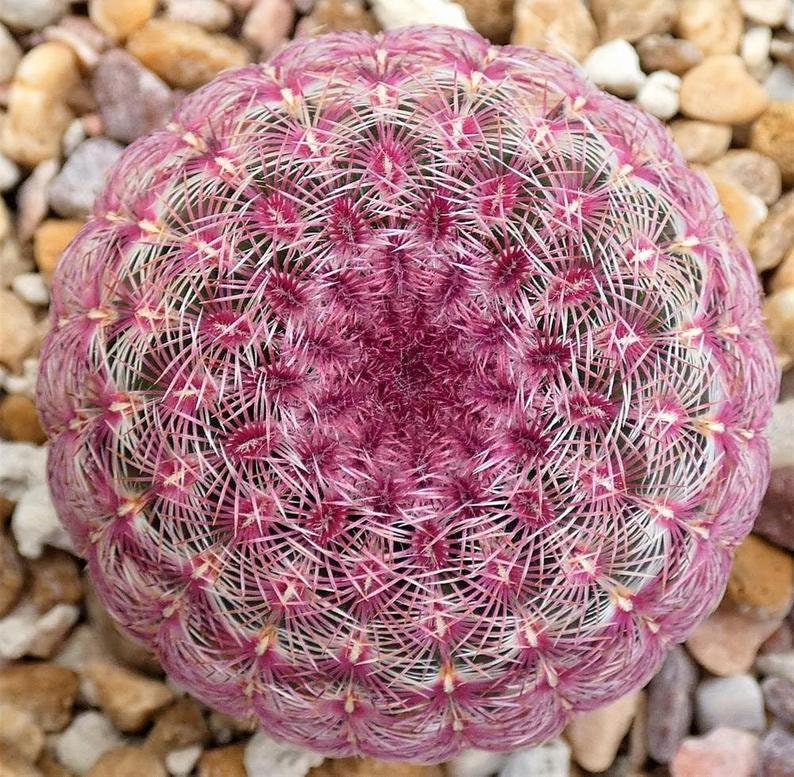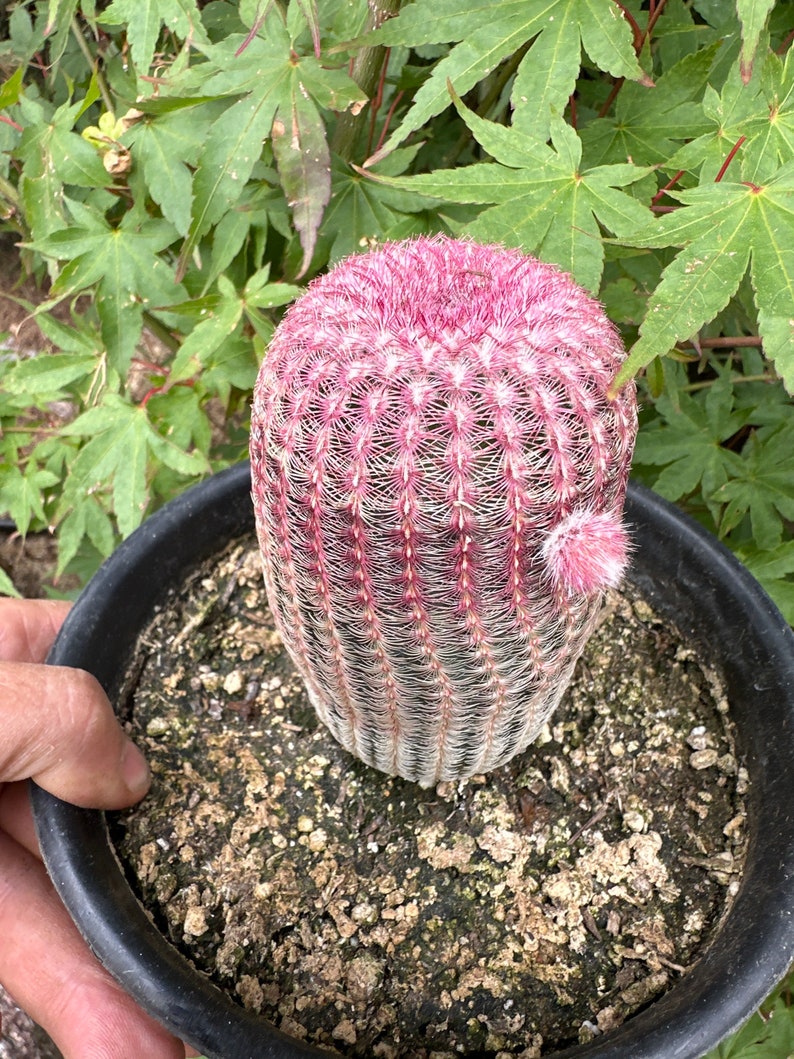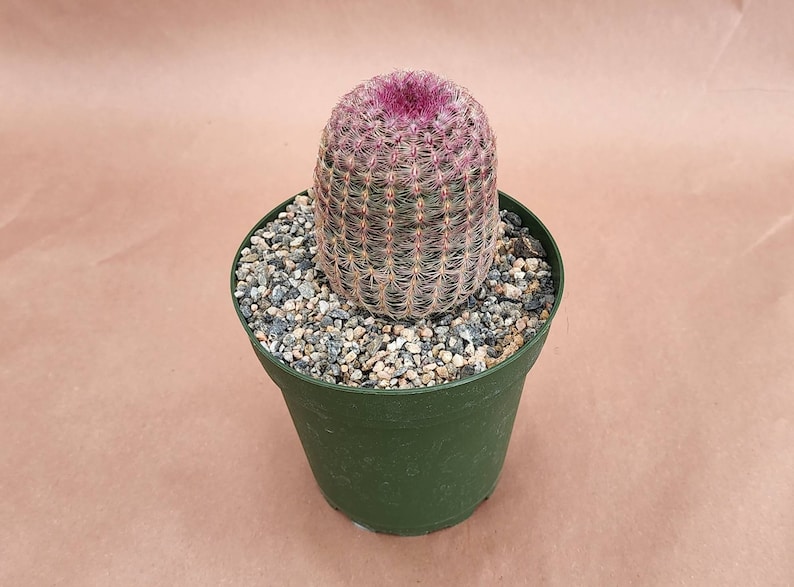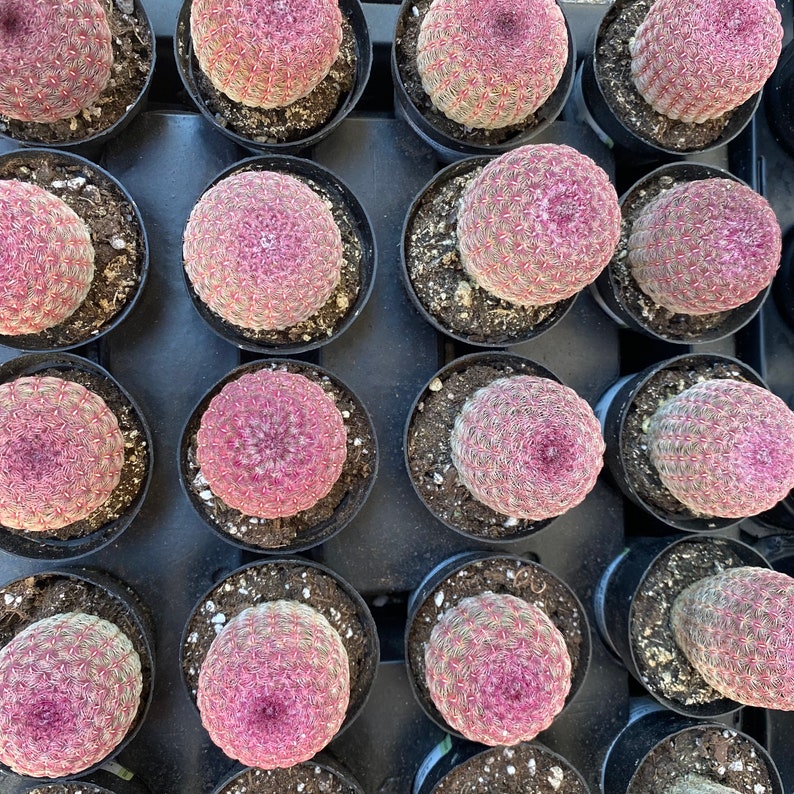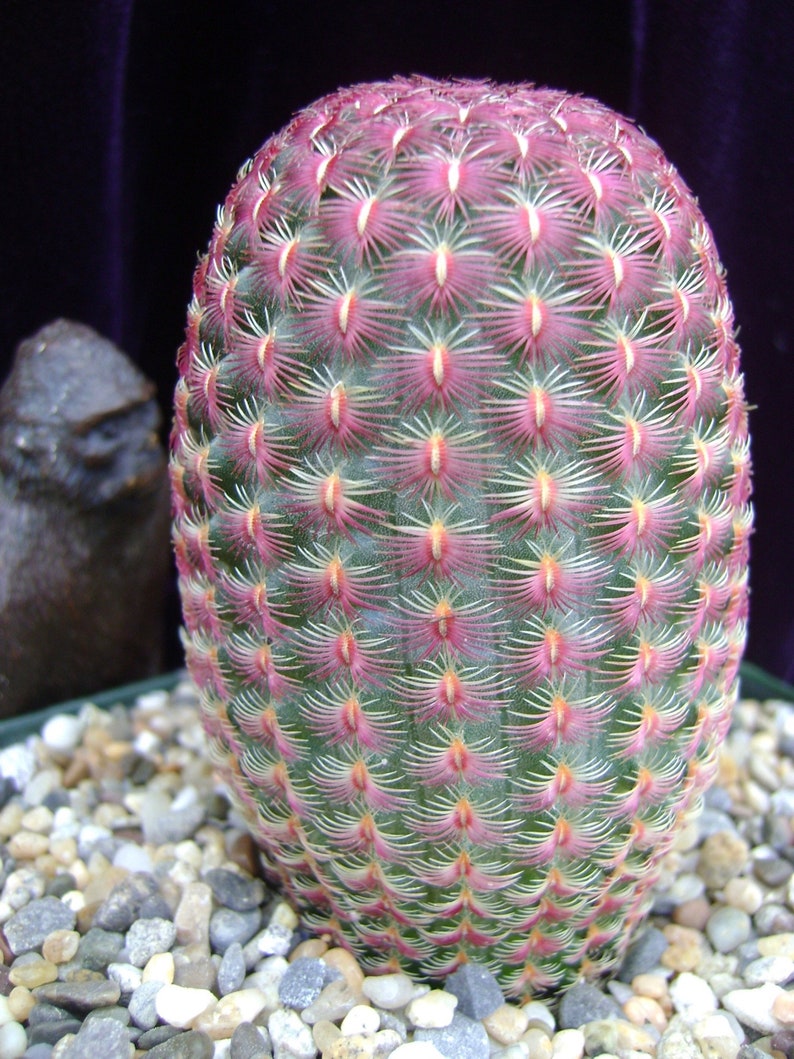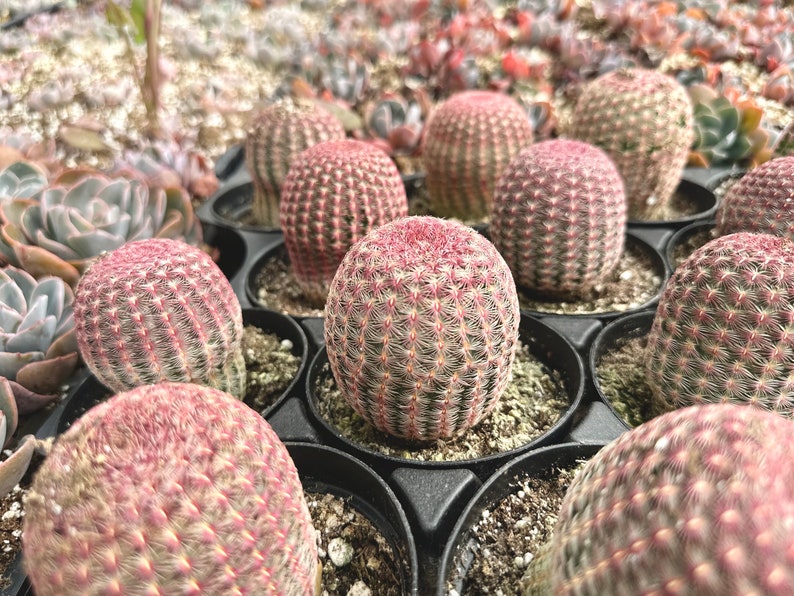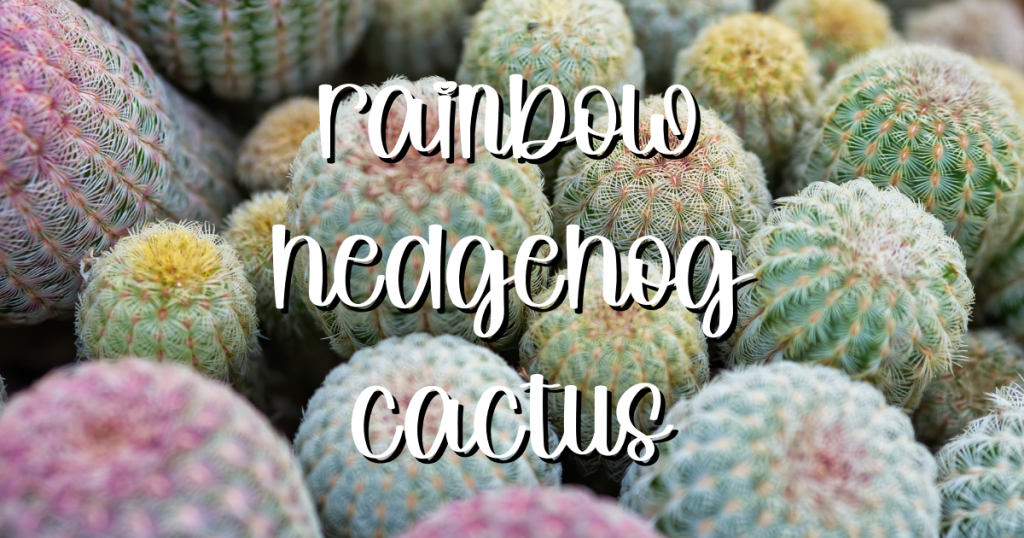
The ‘Rainbow Hedgehog Cactus’, also known as Echinocereus Rigidissimus Rubrispinus, is a unique and colorful cactus species native to the southwestern United States and Mexico. With its distinctive red, pink, and yellow spines, this cactus is sure to make a statement in any succulent collection or garden.
However, caring for the Rainbow Hedgehog Cactus can be a bit tricky. In this comprehensive guide, we’ll go over everything you need to know to grow a healthy and vibrant Rainbow Hedgehog Cactus, from planting to maintenance.
Dig in!
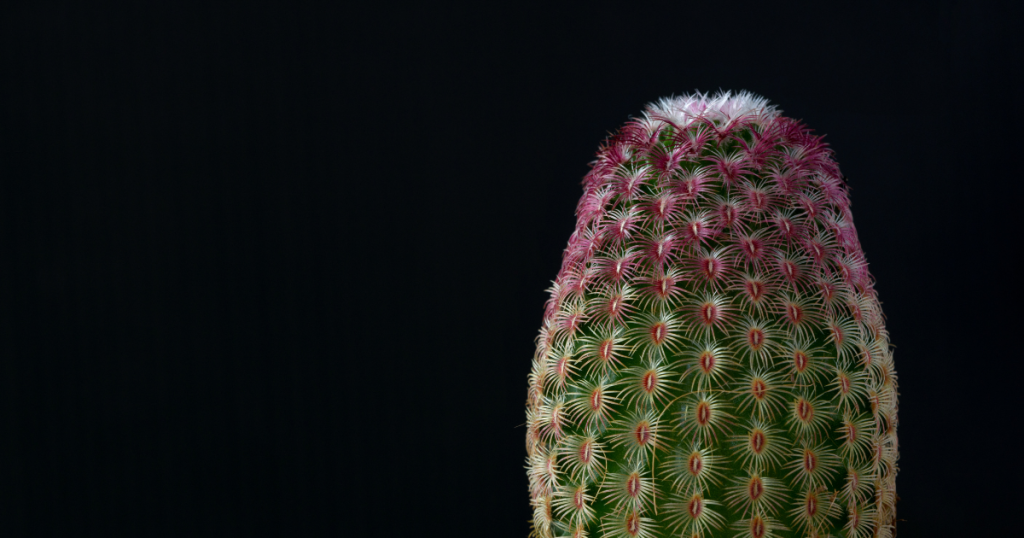
Planting ‘Rainbow Hedgehog Cactus’
Soil
When planting your ‘Rainbow Hedgehog Cactus’, it is important to choose a well-draining soil mix, as this cactus is susceptible to root rot. A mix of cactus soil, sand, and perlite is ideal. It is also important to choose a pot with drainage holes to ensure excess water can escape.
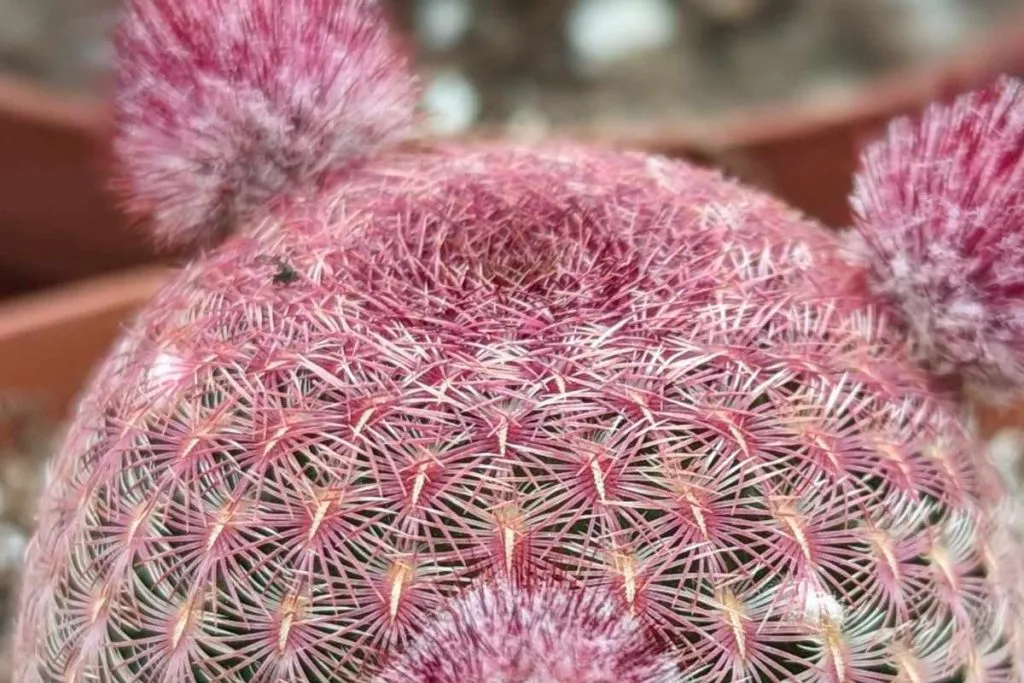
Light
Place the cactus in a location with plenty of sunlight, as it requires at least six hours of direct sunlight each day. In the winter, when the cactus is dormant, it can be kept in a cooler location with less light.
You might also like: Native Habitats of Succulents: Explore the Incredibly Diverse Environments
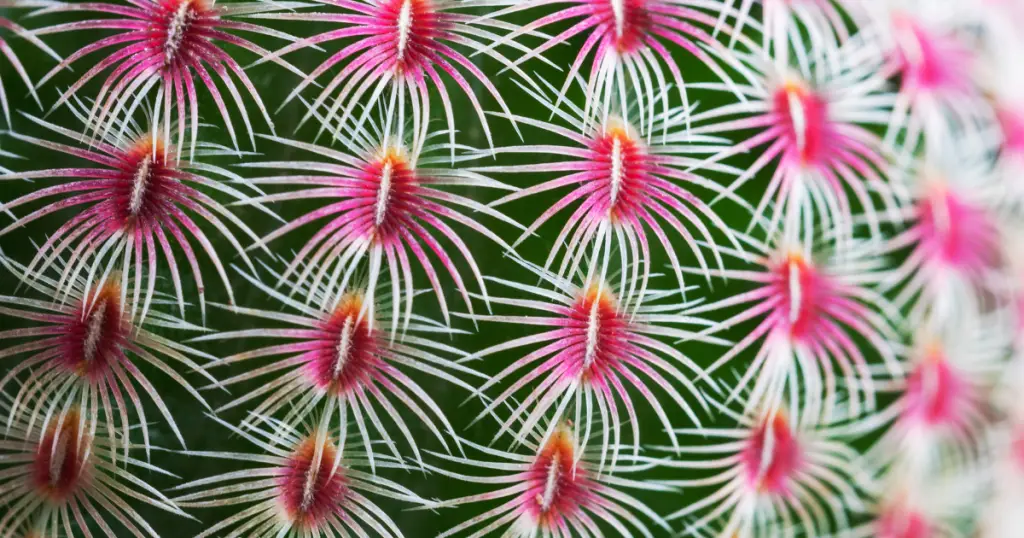
Watering
Overwatering is a common problem that can lead to the death of a Rainbow Hedgehog Cactus. Signs of an overwatered cactus include yellowing or browning of the stem and leaves, as well as a mushy texture.
To avoid overwatering, it’s important to use well-draining soil and ensure that the pot has drainage holes. If the cactus is in a humid environment, it may require even less frequent watering.
During the summer months, when the cactus is actively growing, it may require more water, but it’s still important to allow the soil to dry out between waterings to prevent overwatering.
In general, it’s better to underwater than overwater a Rainbow Hedgehog Cactus, as it can survive extended periods of drought but cannot tolerate excessive moisture in the soil.
You might also like: How & When to Water Succulents So They Don’t Die
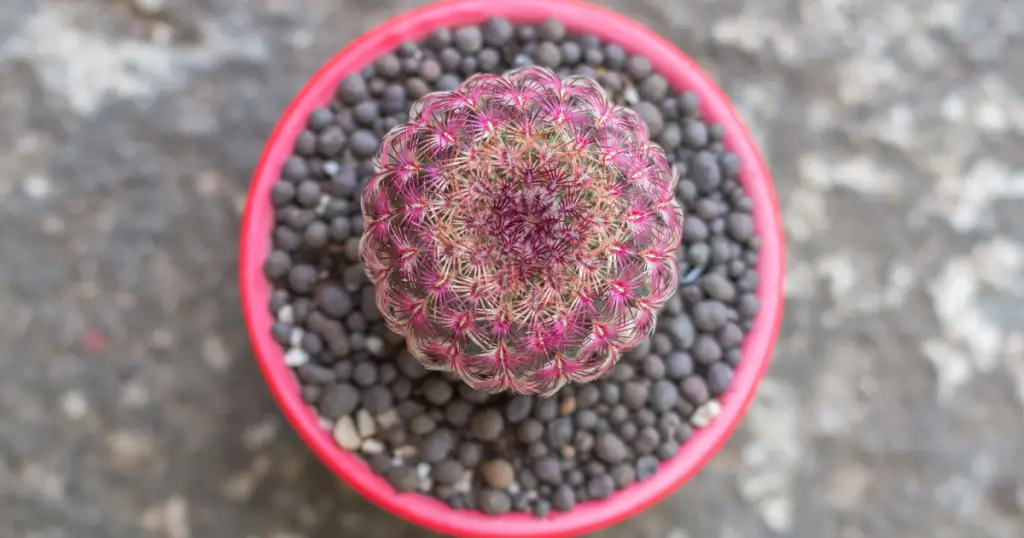
‘Rainbow Hedgehog Cactus’ Fertilization
‘Rainbow Hedgehog Cactus’ doesn’t need frequent fertilization. In fact, applying fertilizer too often can harm the cactus. Instead, a slow-release fertilizer with low nitrogen content can be applied once a year in the spring.
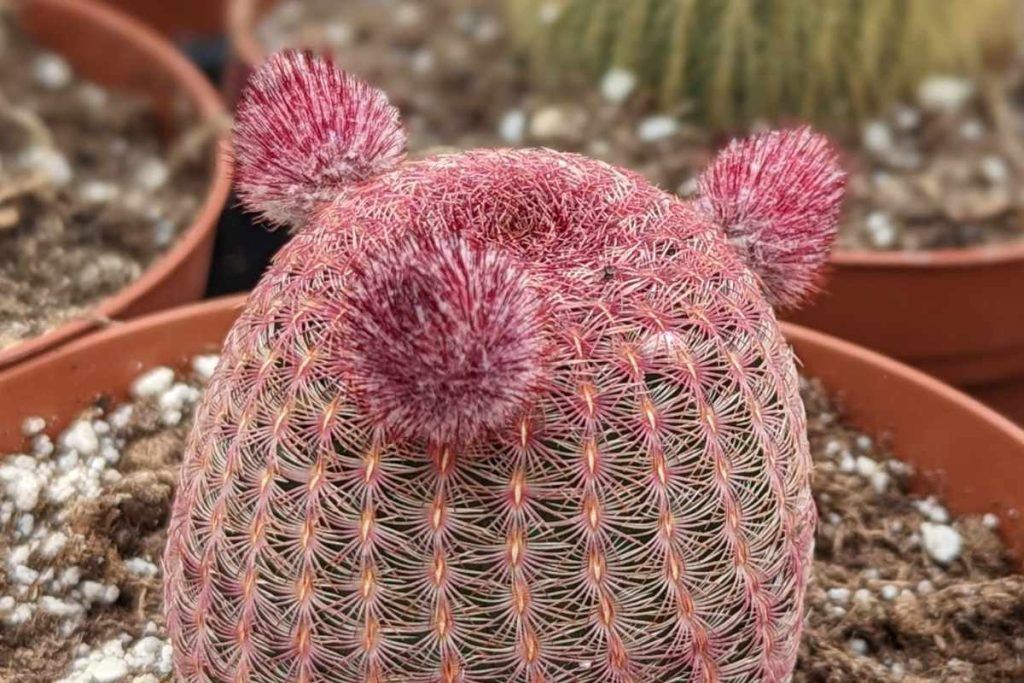
It’s important to use a fertilizer that’s specifically formulated for cacti and succulents. This will help provide the essential nutrients the cactus needs to grow, such as phosphorus and potassium. However, it’s essential to be careful not to over-fertilize the cactus, as this can damage the plant.
Always follow the instructions on the fertilizer package carefully, and remember that less is more when it comes to fertilizing succulents.
You might also like: Succulent Fertilizer
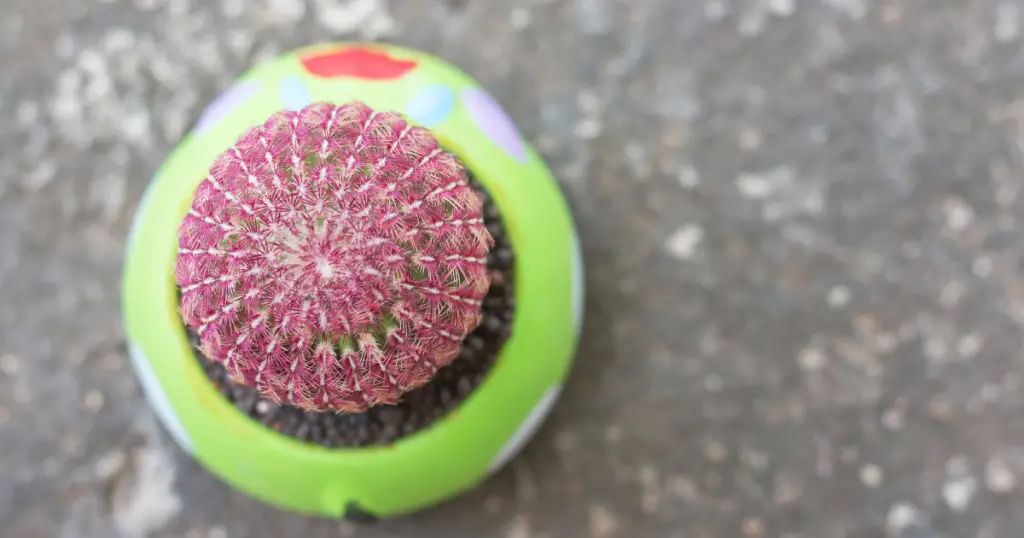
‘Rainbow Hedgehog Cactus’ Propagation
Propagating the ‘Rainbow Hedgehog Cactus’ can be an exciting and rewarding experience. One way to propagate this cactus is by stem cuttings. Cuttings should be taken during the growing season when the plant is actively growing.
It’s important to use clean and sharp shears to avoid damaging the plant. After cutting the stem, the cut end should be allowed to callus over for a few days before planting in well-draining soil.
It’s essential to ensure that the soil is kept moist but not waterlogged to avoid overwatering the cactus.
Another way to propagate the ‘Rainbow Hedgehog Cactus’ is by using seeds. Sowing seeds is an excellent option for those who want to grow multiple plants at once. Seeds should be sown in the spring, and the soil should be kept moist and warm until the seeds germinate.
This cactus prefers a warm and sunny location, and it’s crucial to provide the seedlings with sufficient sunlight to ensure their growth and development.
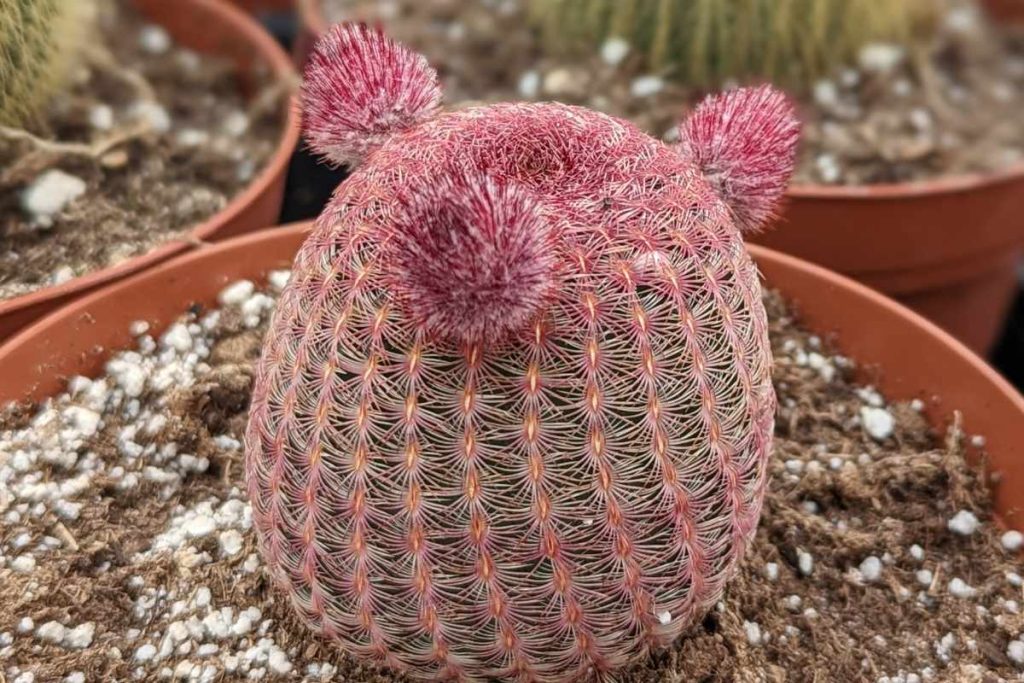
Regardless of the method chosen, it’s important to be patient as this cactus takes some time to establish itself. With proper care and attention, however, propagating the ‘Rainbow Hedgehog Cactus’ can be a fulfilling and enjoyable experience.
You might also like: Propagating Succulents 4 Ways: The Best Guide Ever
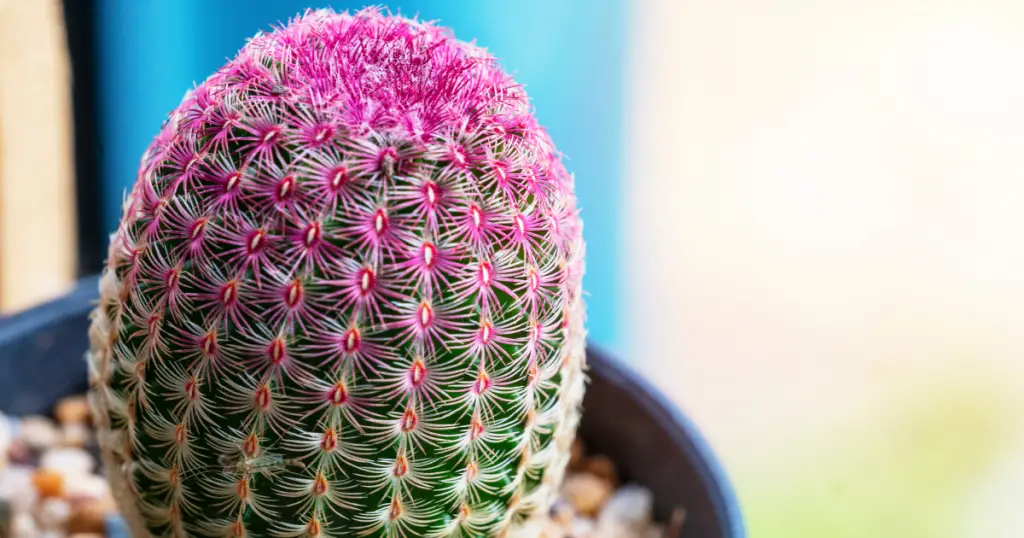
‘Rainbow Hedgehog Cactus’ Maintenance
Regular maintenance is important for the health of your ‘Rainbow Hedgehog Cactus’. Remove any dead or yellowing spines, as well as any damaged or diseased parts of the cactus. In the winter, when the cactus is dormant, reduce watering and avoid fertilization.
You might also like: Repotting Succulents: The Best Time to Repot Your Plants and 3 Ways to Tell When It’s Time
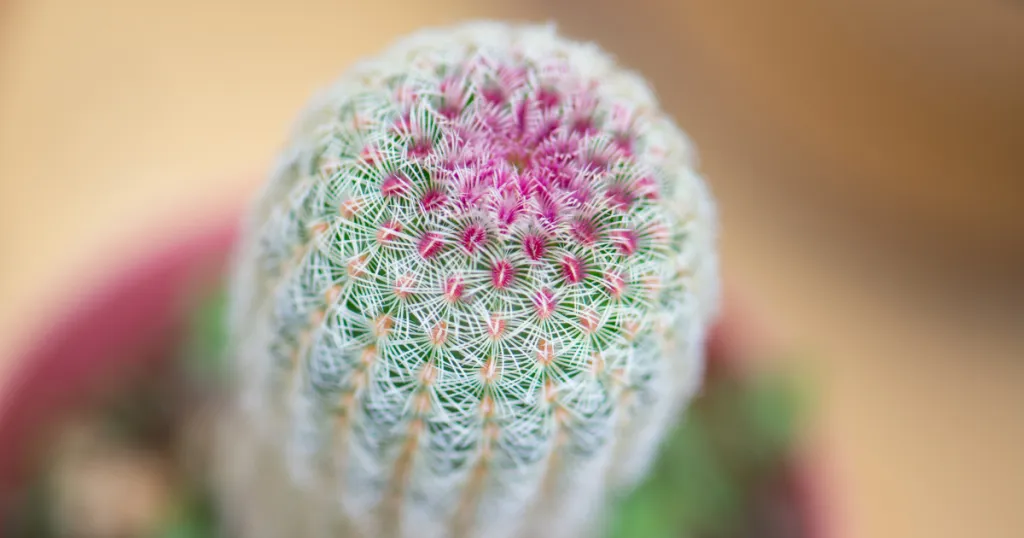
‘Rainbow Hedgehog Cactus’ Potential Issues
In addition to overwatering and pests, there are a few other potential issues to be aware of with the ‘Rainbow Hedgehog Cactus.’
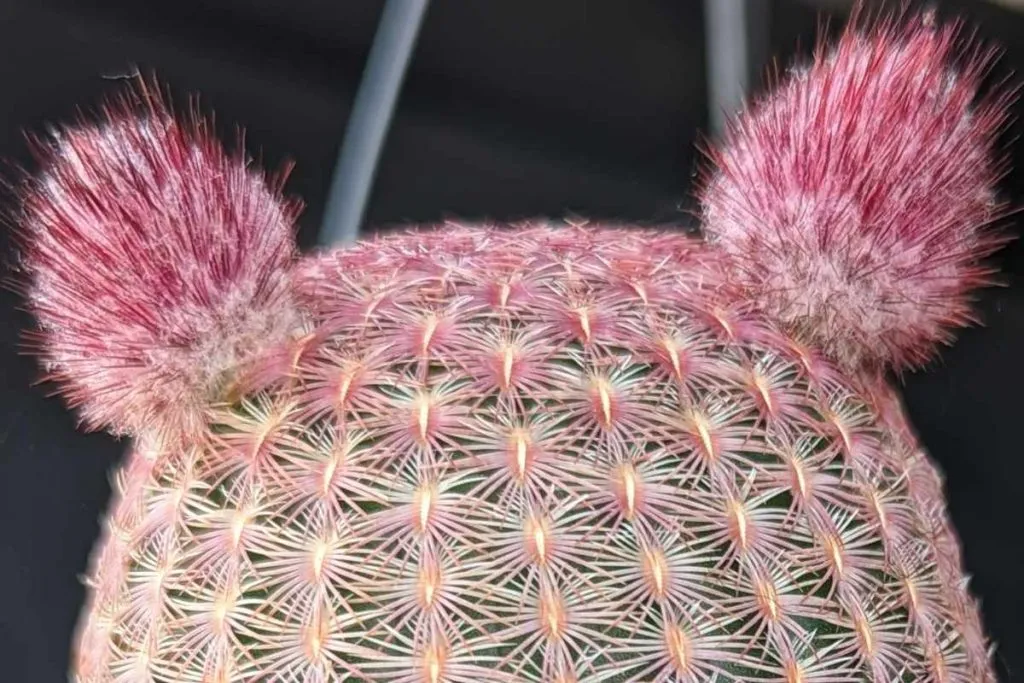
Sunburn
One is sunburn, which can occur if the plant is suddenly exposed to too much direct sunlight. This can cause the plant’s skin to become discolored and dry out, and it may even die if the burn is severe.
How to Prevent Sunburn
To prevent this, it’s important to gradually acclimate the cactus to higher levels of sunlight by moving it to a sunnier location over several days or weeks.
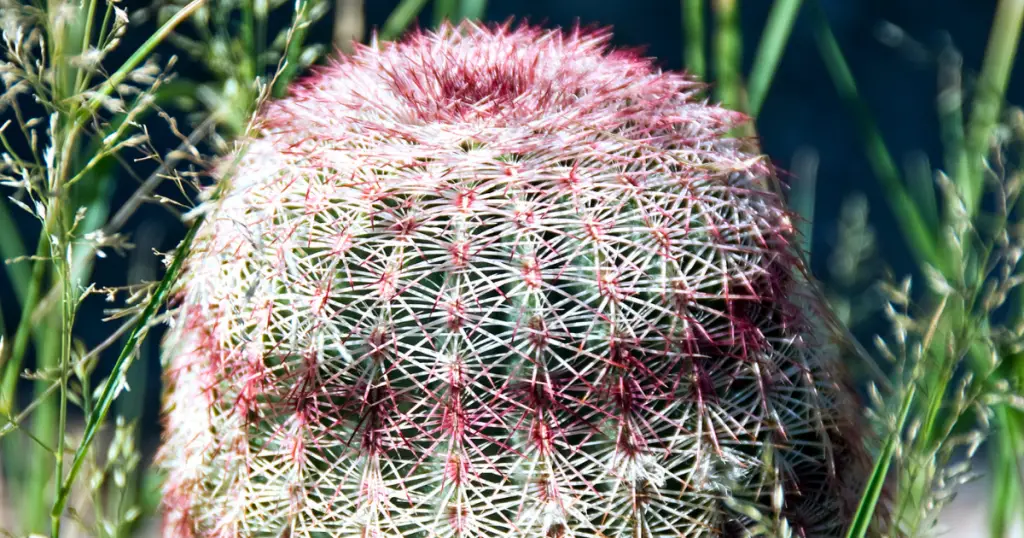
Etiolation
Another issue that can arise with the ‘Rainbow Hedgehog Cactus’ is etiolation, which occurs when the plant doesn’t receive enough light and begins to stretch out and become leggy. This can make the plant less attractive and less able to support its own weight, which can eventually cause it to collapse.
How to Prevent Etiolation
To prevent etiolation, make sure your cactus is receiving enough bright, indirect light, and adjust the position of the plant or add supplemental lighting if necessary.
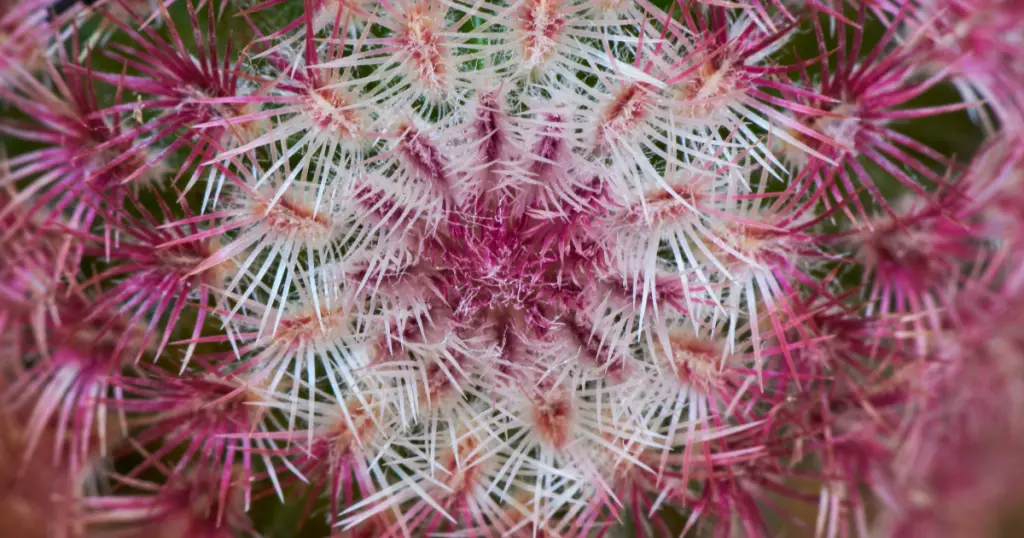
Fungal Infections
Finally, the ‘Rainbow Hedgehog Cactus’ may also be susceptible to fungal infections, such as black rot or stem rot. These can occur if the plant is exposed to too much moisture or if the soil is kept too damp.
How to Prevent Fungal Infections
To prevent these issues, make sure the plant is not overwatered, and that the soil is well-draining. If you do notice signs of a fungal infection, such as black or mushy spots on the plant, you may need to remove the affected parts and treat the plant with a fungicide to prevent further spread.
You might also like: 12 Succulent Pests and Diseases: Identification, Treatment, and Easy Prevention of Mealybugs, Thrips and More
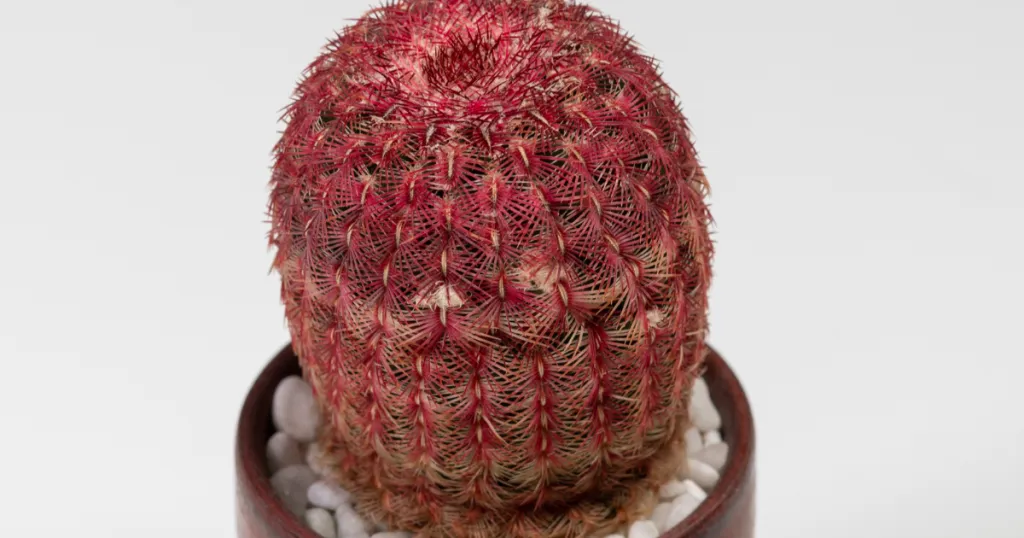
The ‘Rainbow Hedgehog Cactus’ is a stunning and unique cactus species that can add a pop of color to any succulent collection or garden. With proper planting, watering, fertilization, propagation, and maintenance, you can ensure the health and longevity of your Rainbow Hedgehog Cactus.
You might also like: Crested Succulents and Monstrose Cactus: A Comprehensive Guide to These 2 Kinds of Weird Mutations
Is a ‘Rainbow Hedgehog Cactus’ on your wish list?
Click on the image below to buy one from a small business on Etsy!
